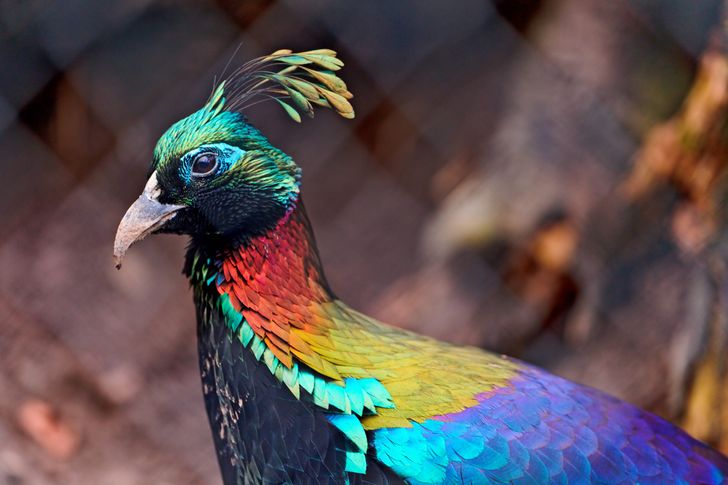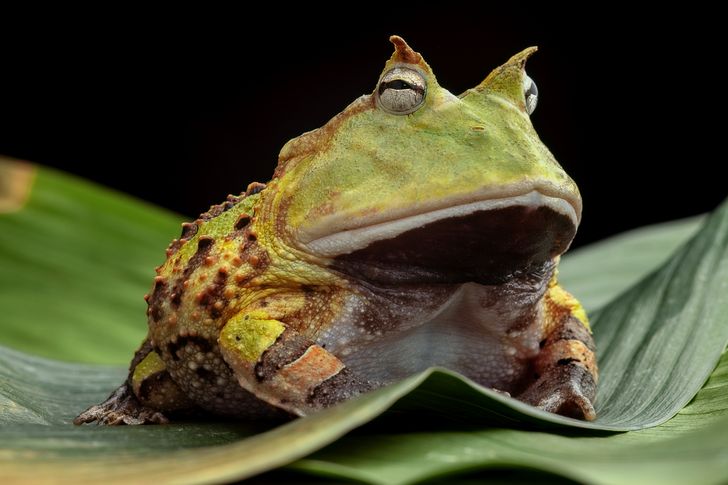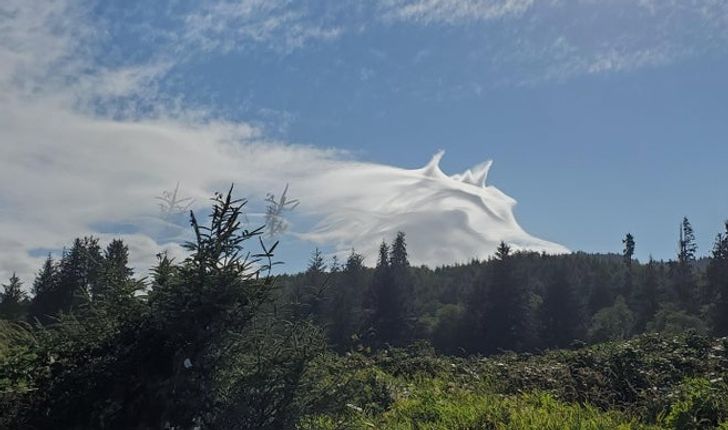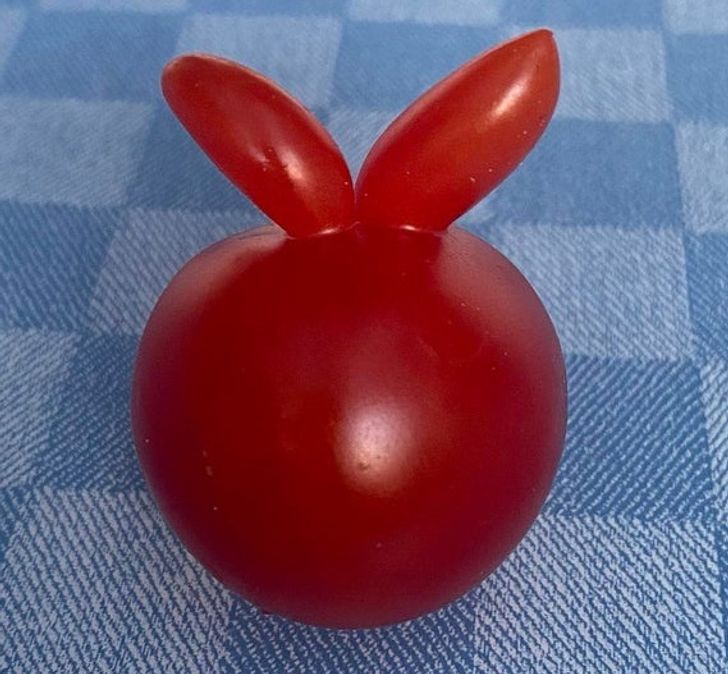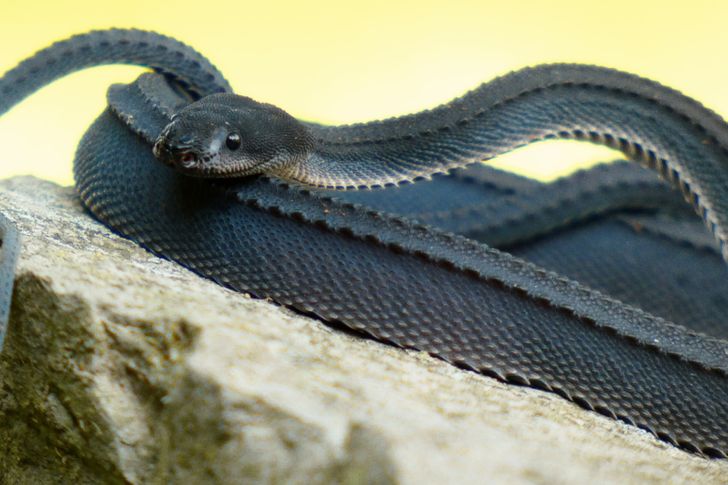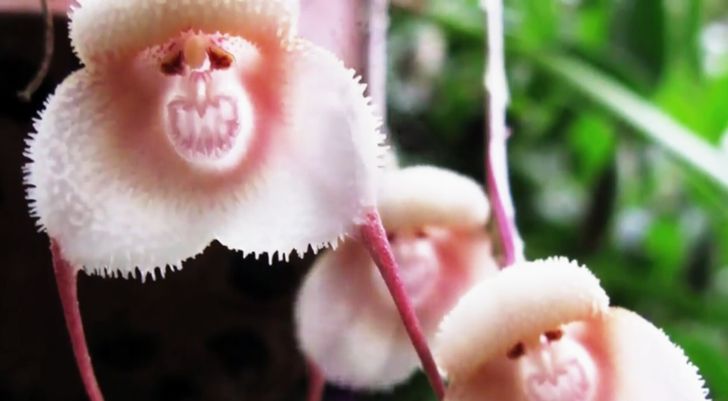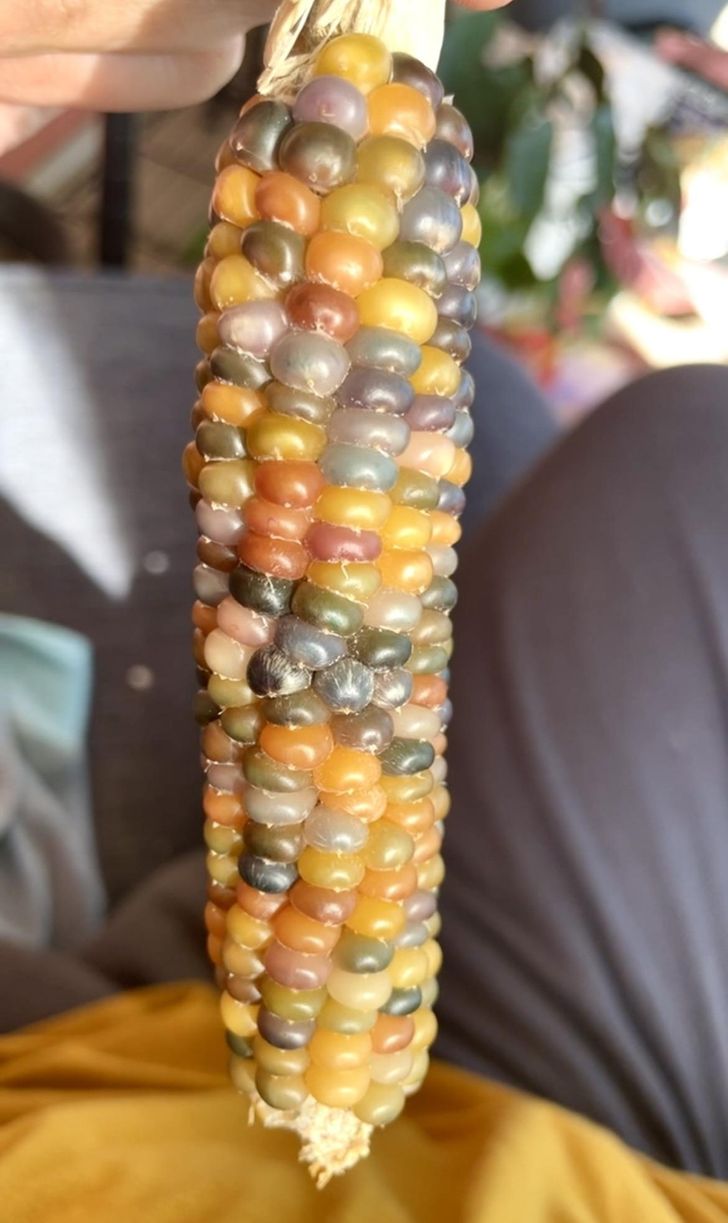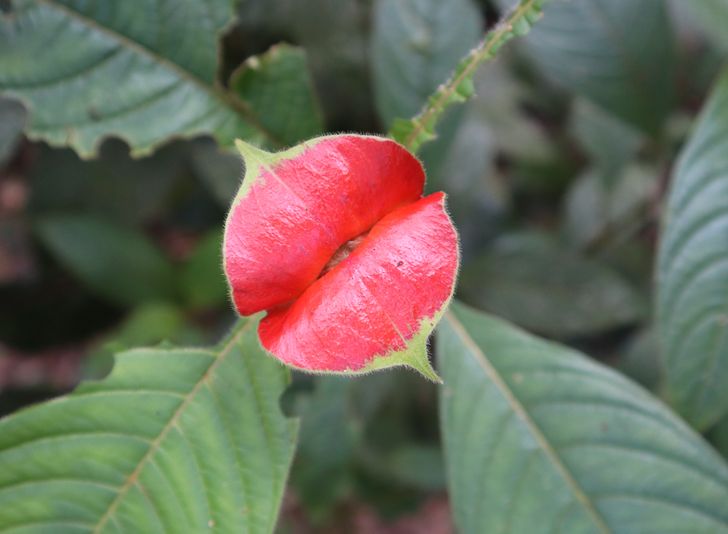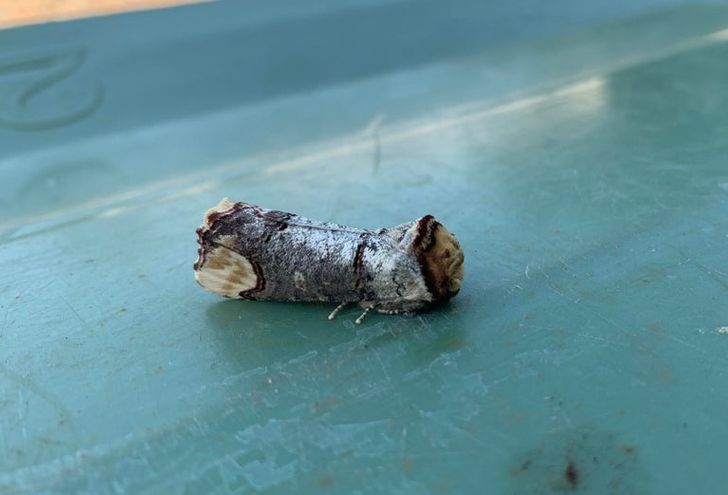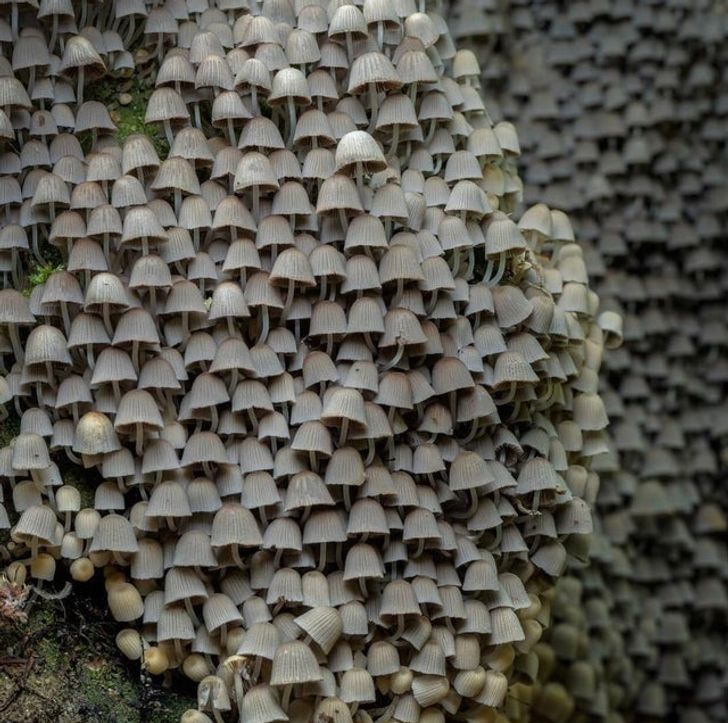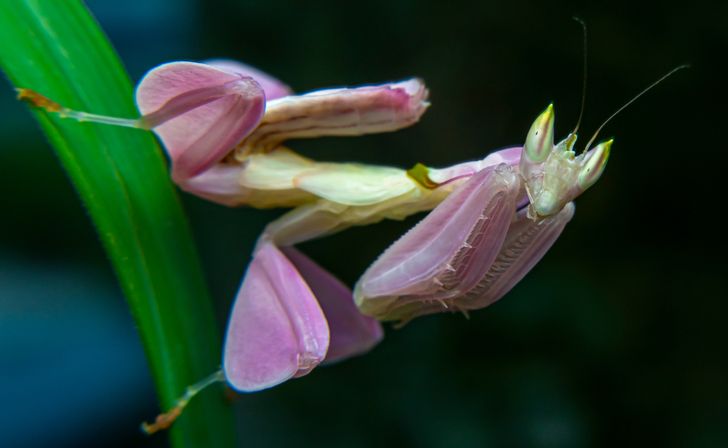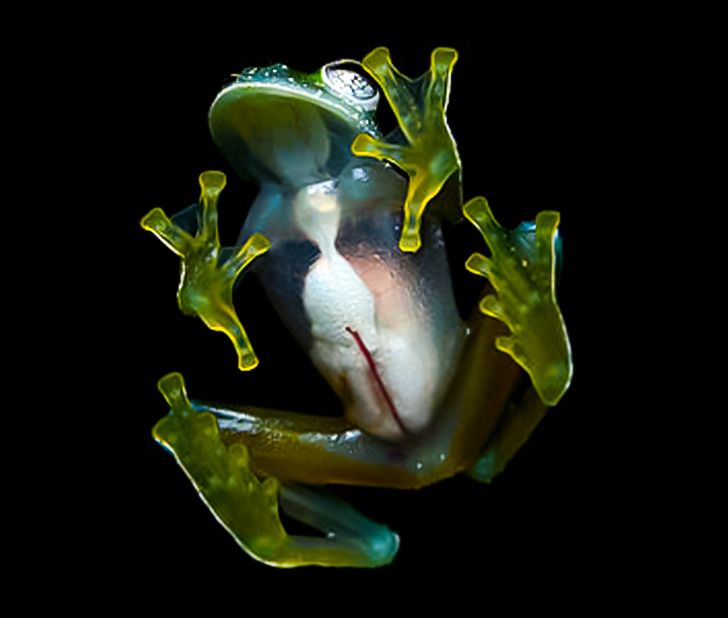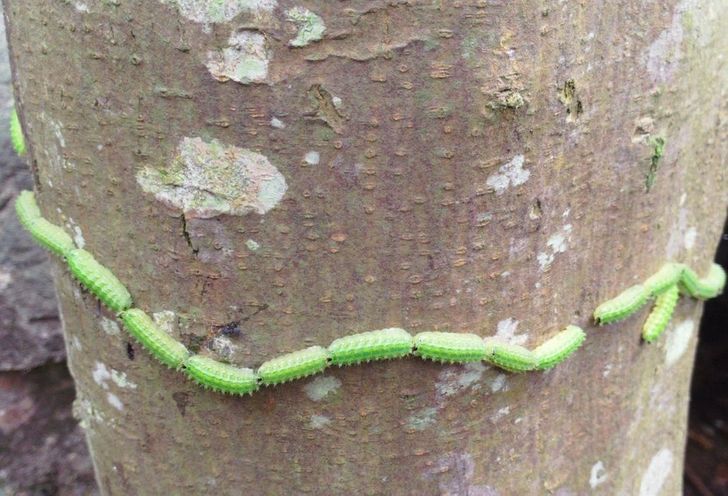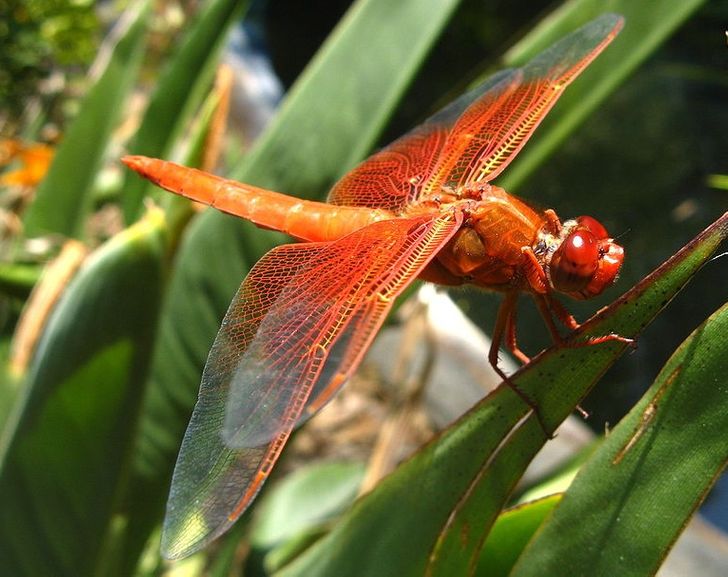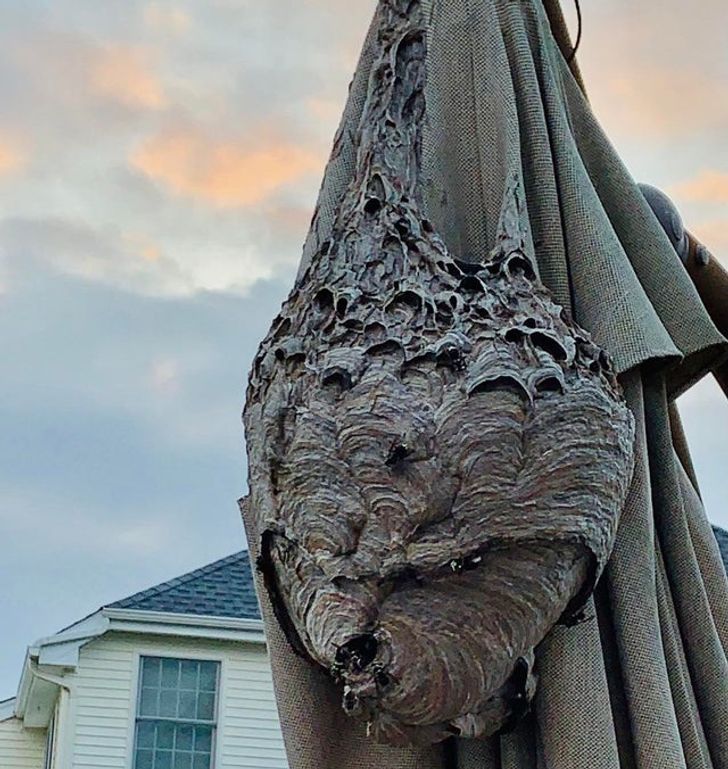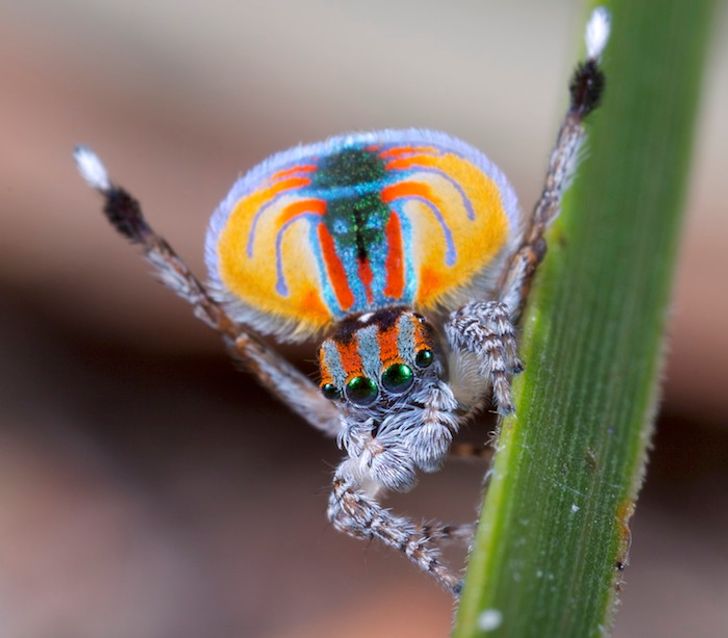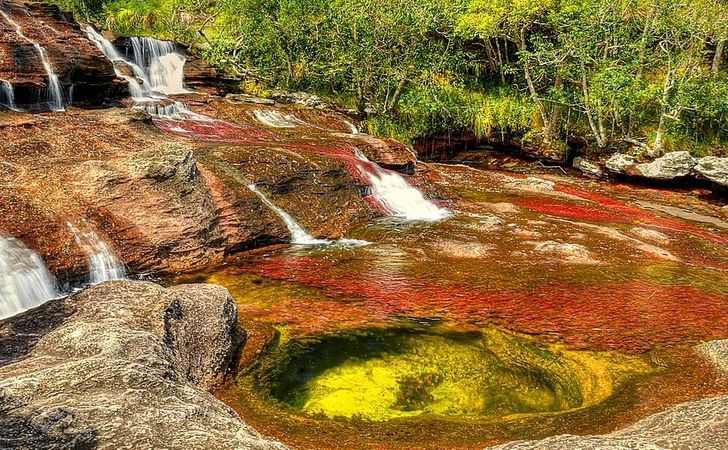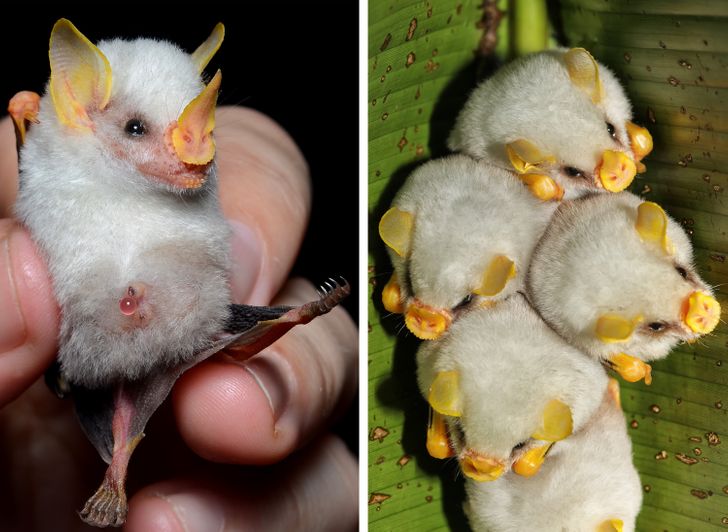#8. This is the flower that should be called a tulip!
20 Photos Showing That There’s Much More in Nature Than We Can Imagine
Out of the 15 million or so species that may live on our planet, we have only discovered 2 million of them. Even if you leave biology aside and move to geography, there’s still a long way to go. We may have mapped out the land, but when it comes to water, less than 10% of the oceans have been explored until now. So clearly, nature still has many surprises up its sleeve.
We at Bright Side decided to search for some of the lesser-known aspects of nature and found some fantastic creatures, things, and places. Here are some for you to marvel at.
1. The Himalayan monal can outshine a peacock.
The Himalayan monal, or the Impeyan pheasant, inhabits the Himalayan regions in India and Nepal and is a beautifully hued bird. Much like other birds, it’s the male that is vibrantly colored, and the female is usually a dull brown.
2. The sinister-looking horned frog eats prey its own size.
If they decide to make a new Jaws movie, they could drop the shark and star the South American horned frog instead. The larger species of these frogs with heads as much as 100 mm wide could deliver a bite force of 500 N. Apparently, that’s like balancing 51 liters on your fingertip, and it’s the reason why these frogs can hunt and eat prey their own size.
3. Just a serendipitous cloud formation
Reddit user osogood posted this picture with the caption: “Cloud formation I captured before it disappeared.” We say, here be the dragons, even if it looks more like a cross between a horse and a dragon.
4. A bunny-eared blushing tomato
This has to be the cutest tomato ever, as Reddit user MonaLisa341 posted this picture with the caption: “Tomato from my garden with bunny ears.” And she gave it away to her neighbor’s son when he got enamored with it, so that’s double the sweetness.
5. Meet the dragon snake
This charming little snake is the Xenodermus, and it’s known for its characteristic dragon-like scales on its body. It’s non-venomous and eats a diet of small frogs and rodents. When threatened, it stiffens its whole body, but despite the dragon-like appearance, it doesn’t breathe fire. Also, it tends to die in captivity.
6. Monkey-faced orchids grinning at you
The monkey-faced orchid, also called the Dracula orchid or the Dracula simia, is fittingly an epiphytic plant, a plant that grows on another plant for support. It exudes a sweet, citrusy scent but is mostly found in the wild as breeding it in captivity has largely been unsuccessful.
7. Corn that’s too pretty to eat
This is glass gem corn, a completely edible species that a company called Native Seeds is selling to revive their Indian heritage. But it looks too pretty to eat.
8. Pucker up for the kissing plant.
The Palicourea elata is a tropical rainforest plant that forms a bract that looks like a pair of puckered lips before it flowers. This just goes to show that Mother Nature has a wicked sense of humor.
9. A moth cosplaying as a stick
The buff-tip moth, scientifically known as the Phalera bucephala, looks just like a broken birch twig when at rest. These are night-flying creatures common between May and July, and unless they move, they’re near impossible to spot.
10. A dense colony of fairy inkcap mushrooms
Unlike the other mushrooms of the inkcap family that leave blackened spores if touched, the fairy inkcap does no such thing. Their shapes have also earned them the name Fairies Bonnets. They always grow in swarms over rotting wood and wither away within a couple of days. But when these tiny, pale-white mushrooms bloom, it’s a kind of magic.
11. A praying mantis that looks like a flower
Many flowers resemble insects all in the name of reproduction, but here’s a praying mantis that looks more like an ornate orchid than a bug. Called the orchid mantis, the Hymenopus coronatus is found in the Asian rainforests, and its flower-like appearance helps it catch prey and evade predators.
12. A transparent glass frog
Glass frogs are called this because of the translucent skin on their abdomens, through which their organs can be clearly seen. This phenomenon is a camouflage trick and helps the glass frog stay hidden from would-be predators.
13. A caterpillar train captured in China
Certain kinds of hairy caterpillars, like the Pine processionary, often link themselves into a train to move through trees and the ground, with only the head of the lead caterpillar visible. This happens because the lead caterpillar leaves a pheromone trail and the rest simply follow.
14. A closeup of a vivid dragonfly
This is a red dragonfly, which just goes to show that nature has an endless supply of hues and shades to paint its creatures with. It’s mostly found in Southern Europe.
15. The bald-faced hornet nest can be pretty Gothic.
This is the nest of a colony of bald-faced or white-faced hornets that are more related to yellow jackets than to actual hornets. They make their nests out of fiber from wood and paper and can get very aggressive if threatened. Their sting has been described as getting your hand crushed in a revolving door.
16. They’re not UFOs, just lenticular clouds.
These cloud formations look so alien, it’s natural to assume that perhaps once, people might have mistaken them for UFOs. Lenticular or lens-shaped clouds are stationary clouds formed usually in parallel alignment to the motion of the wind in the stratosphere. Nature can be a trickster too.
17. The prettiest spider ever
About the size of a rice grain, peacock spiders are one of the most vivid creatures in the arachnid world. Like the rest of nature’s creatures, it’s the males that are vibrantly colored and do a dance to attract the females.
18. Meet the vampire deer.
Technically, these are not fangs, as in teeth, but tusks that a water deer uses in battles for mating rights and territory. There’s nothing vampirical about their nature though. Found in Asia, the water deer are more related to the musk deer than any other creatures in the deer family.
19. The Caño Cristales river in Colombia flows in 5 colors.
Between the months of June and November, a simple flowing river in Colombia turns into a mix of 5 colors. And this happens because of the flowering of a certain aquatic plant in the river called Macarenia clavigera, and it turns the river red, yellow, green, blue, and black.
20. The Honduran white bat, a.k.a. the fluffy, flying pig
Take one look at these fluffy little bats that weigh just 6 g and it’s impossible not to gush. They’re also known as the Caribbean tent-making bats because they make tents out of heliconia leaves and eat only fruits, mostly figs. They have a wingspan of 10 cm and look like miniature pigs with wings.
Which of these magnificent creatures and sights gave you a surprise? Has nature ever shown her magic to you? Share your experiences with us.
Subscribe to our podcast on Spotify or Apple podcasts to enjoy our best stories and give a real treat to your ears.
Comments
Related Reads
12 Serious Discoveries That Altered Lives in a Split Second

12 People Confirm a Creepy Memory They Have That Nobody Else Seems to Remember

I Discovered the Shocking Reason My Fiancé Decided to Marry Me

15 Family Secrets That Could Top Google Searches

My Mom Is Dying and My Pregnant Wife Posed Me a Very Hard Question

My MIL Called Me a Gold Digger—But My Revenge Was Served Cold

My ''Control Freak'' MIL Runs Our Marriage, and My Husband Lets Her

7 Mind Puzzles That Can Increase Your Brain Power

10 Small Acts of Kindness That Changed Someone’s Life Forever

10 Travel Disasters That Can Make You Swear Off Suitcases Forever

14 People Who Have Scratched the Word "Shame" Out of Their Dictionary

10 Stories Where Reality Turned Out to Be More Entertaining Than Any Sitcom

